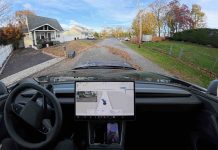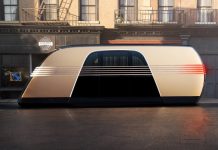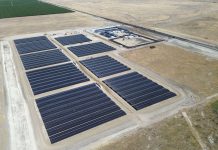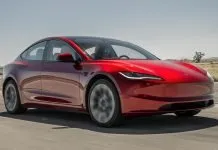Tesla has long been recognized as a leader in electric vehicle (EV) design and innovation, not only for its battery technology and software but also for its aerodynamic efficiency. The effect of aerodynamics on range, performance, and energy consumption is crucial; thus, aerodynamics has been an important design consideration for EVs.
Recently, Tesla released the Model Y L, which has a drag coefficient (Cd) of 0.216, more than that of the regular Model Y. The Model 3 was beaten to yet an even smaller value. This sets Model Y L as an original in the Tesla range, a combination of functionality and performance that ticks all the boxes.
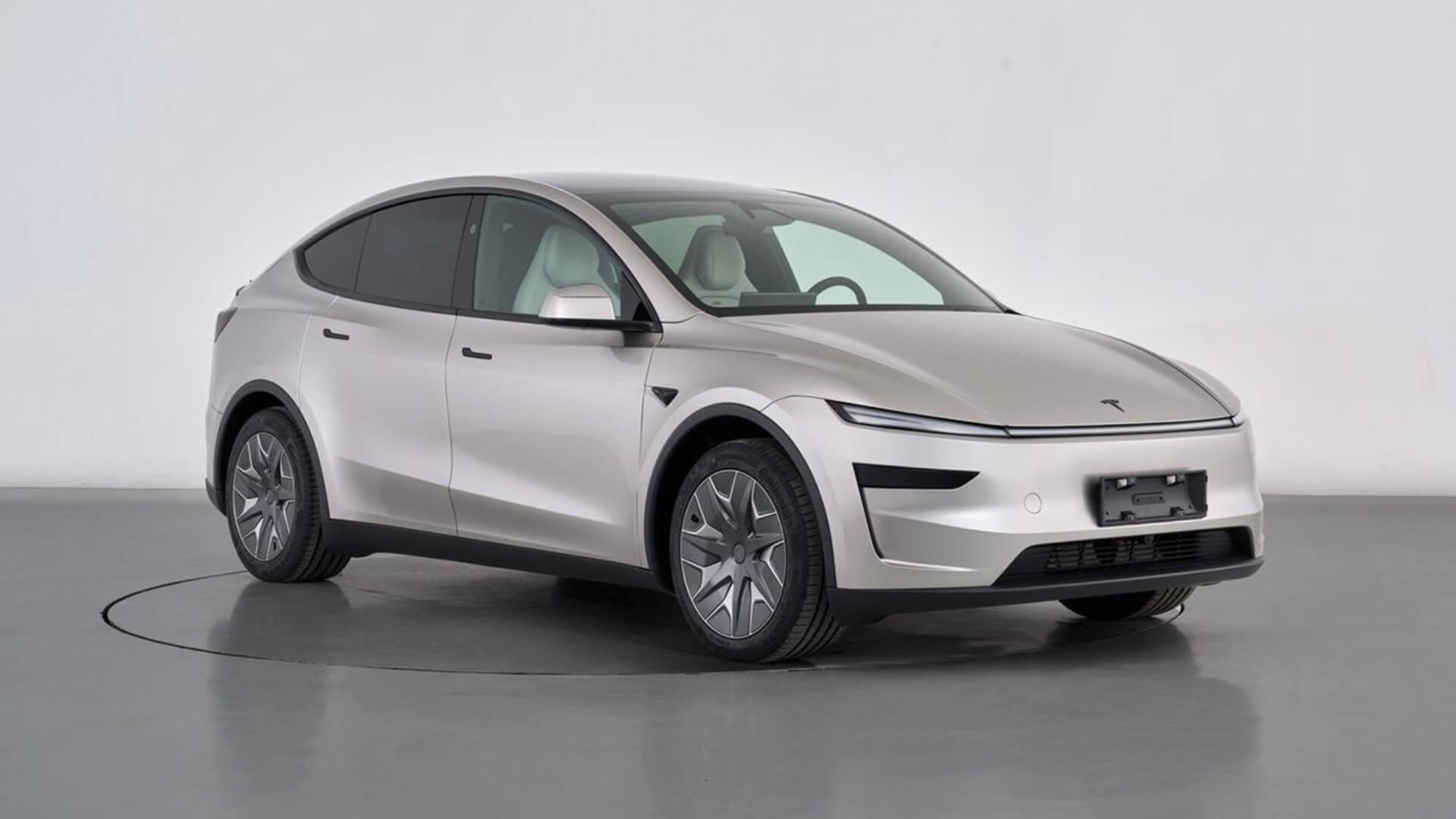
What is the Drag Coefficient?
The drag coefficient is an assessment of how a vehicle flows through wind. The lower the Cd, the less resistance a car has and the higher the efficiency or the range. Electric cars are even more limited in the amount of energy they can carry, so minor drag losses can equal large jumps in performance.
Here is how key models at Tesla compare:
- Model Y L: 0.216
- Model 3: 0.219
- Mode Yl: 0.22
- Model S: 0.208
- Model X: 0.24
Even though the Model S retains its record with a Cd of 0.208, the Model Y L proves that Tesla’s engineering prowess uniformly permeates its entire lineup. Relative to the standard Model Y (0.22), the Model Y L’s drag coefficient falls about 2% below. Although marginal, the difference compounds at highway cruising speeds and delivers real-world drive distance gains.
At the same time, the Model 3, acclaimed for its slinky sedan silhouette, posts a drag coefficient of 0.219 (only marginally higher than the Model Y L). Bringing a Cd of 0.208 to market is no small accomplishment, as SUVs invariably encounter greater aerodynamic headaches than do sedans on account of their taller frames and broader frontal cross sections.
Why Aerodynamics Matter for EVs
In traditional combustion vehicles, aerodynamic advantages in fuel efficiency are useful when not constrained by inefficiencies in the rest of the chain of energy conversion. In comparison, the EVs are particularly sensitive to drag, particularly when going at highway speed. Being less draggy would enable Tesla vehicles to:
- Increased Driving Range – Reduced air resistance also translates to longer range at a time on a single charge of the battery.
- Reduce Emissions- Cars are capable of producing reduced emissions in a smaller airflow.
- Energy Economy – This minimizes the drag that normally necessitates the frequent need to charge the model, thereby enhancing convenience to the drivers.
This emphasis on aerodynamics is in line with Tesla’s ethos since the Model S debuted as one of the least aerodynamically draggy production cars in the world.
The Significance of the Model Y L’s Achievement
Combining affordable pricing with practicality and Tesla’s signature technology, the Tesla Model Y has already proven itself a top-selling EV worldwide. Tesla’s launch of the Model Y L – endowed with a drag coefficient of just 0.216 – has lifted the SUV’s efficiency to a level that has long been the province of sedans.
The improvements likely come from subtle body refinements—such as reshaped bumpers, underbody panels, and aero-optimized wheels—that diminish turbulence. Such refinements enable Tesla to provide a crossover that pairs generous interior room with air-like.

